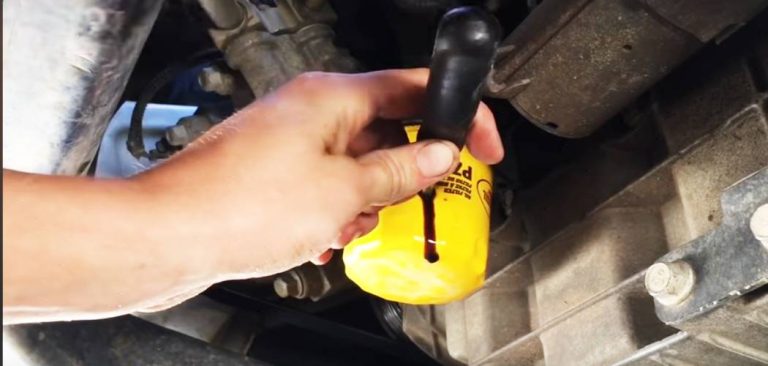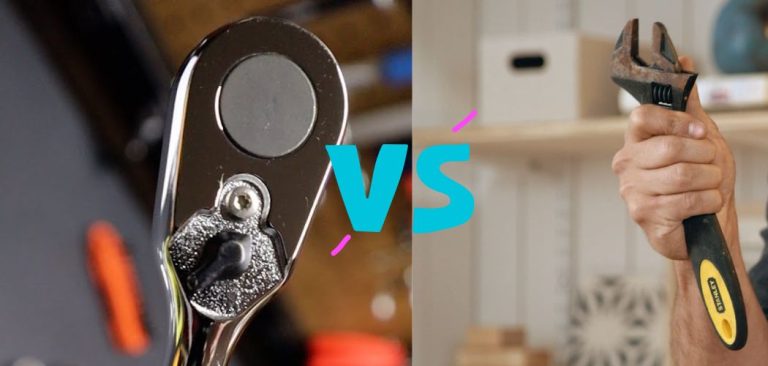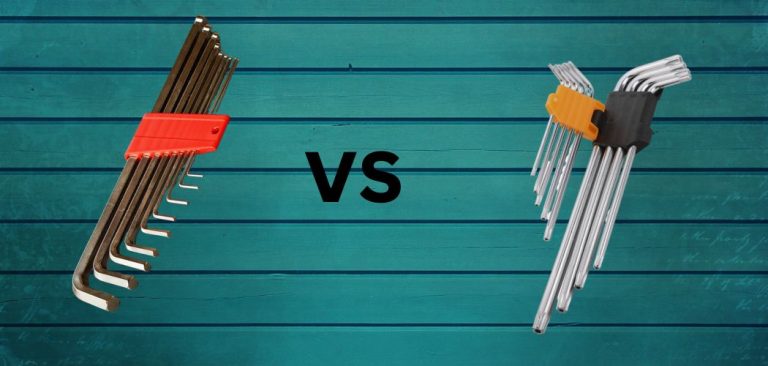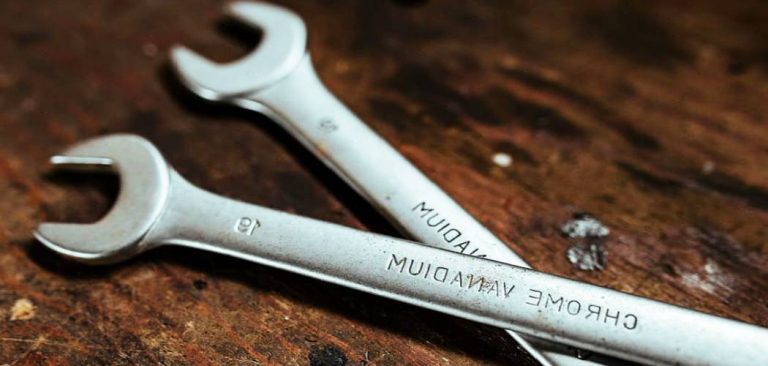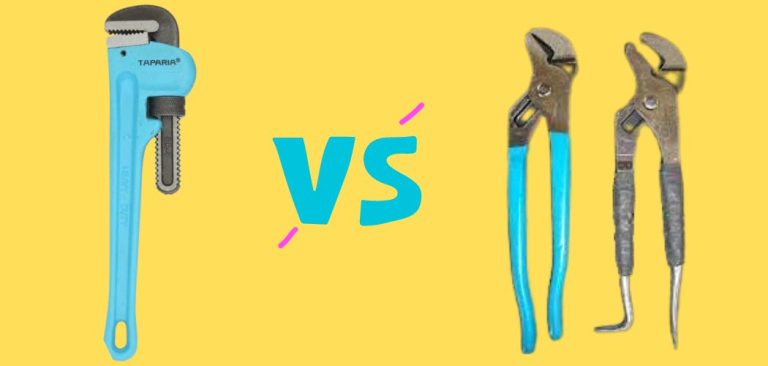How to Use Swivel Oil Filter Wrench
Due to needing to know the correct use of the oil filter wrench, about 80% of people often fail to open the oil filter; besides, the oil filter is potentially damaged. If you are someone from their team or a new person who wants to get a proper idea of how to use swivel oil filter wrench, then please join me.
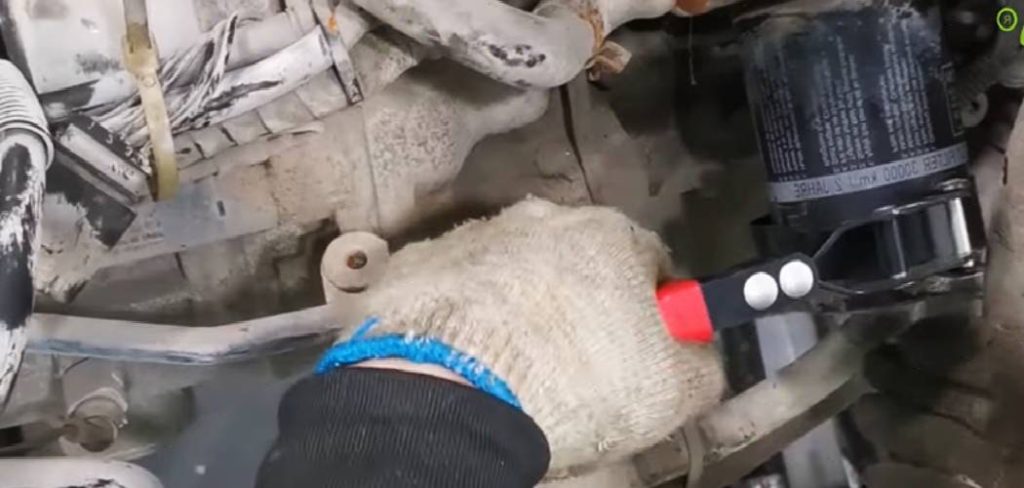
What is the Purpose of Swivel Oil Filter Wrench Use?
A swivel oil filter wrench offers an adaptable grip on oil filters in tight spaces, enabling easy removal and installation. Its swivel mechanism adjusts to different angles, simplifying tasks that involve hard-to-reach filters.
This type of wrench prevents damage, provides necessary leverage, and ensures efficient maintenance by accommodating various positions.
What is the Different Size of Swivel Oil Filter Wrench?
Swivel oil filter wrenches come in different sizes and are adapted for different applications. I have listed their specifications below.
Small Size (64-76 Mm):
- Diameter range: 64mm to 76mm
- Material: stainless steel
- Key Features: Dual-material grip, ideal for smaller vehicles
- Application: Compact vehicles
Medium Size (73-83 Mm):
- Diameter range: 73mm to 83mm
- Material: stainless steel
- Key Features: Dual-component comfort grip, versatile
- Application: Standard vehicles
Large Size (89-99 Mm):
- Diameter range: 89mm to 99mm
- Material: Stainless steel and vinyl
- Key features: Dual-component grip, suitable for trucks
- Applications: Large vehicles, machinery
Extra Large Size (96-111mm):
- Diameter range: 96mm to 111mm
- Material: Stainless steel and vinyl
- Key Features: Ergonomic dual-material handle, heavy-duty
- Applications: Industrial machinery, heavy-duty vehicles
Extra Large Size (100-120mm):
- Diameter range: 100mm to 120mm
- Material: Stainless steel and vinyl
- Key Features: Dual-material handle for larger filters
- Application: Heavy-duty vehicles
Extra Large Size (120-146mm):
- Diameter range: 120mm to 146mm
- Material: Stainless steel and vinyl
- Key features: Dual-material handle for the largest filters
- Applications: Industrial machinery, large vehicles
This format provides a clear breakdown of each swivel oil filter wrench size, diameter range, components, key features, and typical applications for easy reference.
How to Use a Swivel Oil Filter Wrench?
When changing engine oil, a swivel oil filter wrench is commonly used to open the oil filter. It is also used during installation, but it rotates clockwise. Now, let’s talk about opening or installing your car’s engine oil filter with a swivel oil filter wrench.
Equipment and Safety Precautions:
- Wear protective hand gloves.
- Get a swivel oil filter wrench (make sure it matches the size of your oil filter; a slightly larger one may do the trick if needed).
- Prepare a container to catch the spilled oil.
- A new oil filter is ready.
- Keep a clean cotton cloth nearby.
Locate the Oil Filter
Locate the oil filter under your vehicle. Place a container under it to catch the oil drips.
Swivel Wrench Fitting
- Place the swivel oil filter wrench near the oil filter.
- Insert the wrench horizontally into the filter, about 1/4 the entire length of the filter, for a secure grip.

Remove Old Filters
- Hold the swivel wrench handle and turn it counterclockwise.
- If the wrench struggles to grip, wrap the contact area with a cloth for better traction.
- Apply steady pressure by turning the oil filter counterclockwise until it loosens.
Installing New Filters
After removing the old filter, inspect and clean the installation area.
- Optionally, apply a thin layer of grease or oil around the sealing gasket of the new filter for a proper seal.
- Place the new oil filter in position and hand-tighten it clockwise until you encounter resistance.
- To secure the new filter, use the swivel oil filter wrench to apply torque. Applying about half of the specified torque is generally recommended, although sometimes three-quarters may be required.
Following these steps, you can safely and efficiently change your car’s engine oil filter using a swivel oil filter wrench.
Pros and Cons of Swivel Oil Filter Wrench
The swivel oil filter wrench has several pros and cons, which I describe below.
Advantages
1. Versatile Fit
Swivel oil filter wrenches are designed to accommodate different oil filter sizes, providing flexibility and reducing the need for multiple wrenches.
2. Enhanced Grip
These wrenches often have textured or rubberized surfaces that provide a secure grip on the filter, reducing the risk of slipping during removal, especially with stubborn filters.
3. Swiveling Head
The swiveling head allows for adjustable angles, making it useful in tight or confined spaces where maneuverability is limited.
4. Durable Quality
High-quality swivel oil filter wrenches from reputable brands are built to last, ensuring long-term reliability even with frequent use.
Disadvantages
1. High Price Point
Swivel oil filter wrenches are generally more expensive than standard wrench designs due to their additional functionality and design features.
2. Size Compatibility
It is essential to ensure that the wrench size matches the oil filter you are working with. Mismatch sizes can lead to an ineffective grip and potential damage to the filter.
Is the Swivel Oil Filter Wrench the Best Alternative?
Below, I am providing some alternatives for Swivel oil filter wrenches; all have 5-star to 4-star reviews. I hope you can happily accept them.
1. Jaw Oil Filter Wrench Tool
The jaw oil filter wrench is a versatile and commonly used tool designed to remove oil filters from various vehicles and machinery. It features an adjustable jaw mechanism allowing it to securely grip the oil filter.
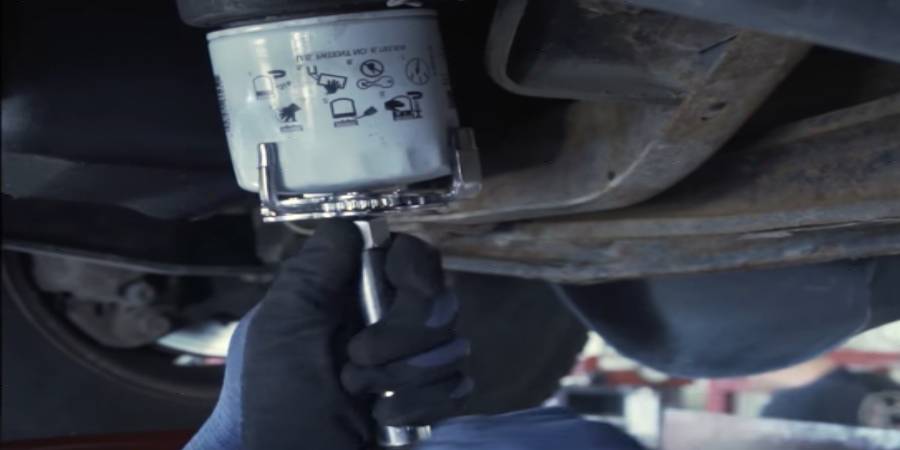
When you turn the handle or use a ratchet or wrench with the tool, the jaws tighten around the filter, providing a firm grip for easy removal. The adjustable nature of the jaw makes this tool suitable for different filter sizes. It’s a reliable choice for DIY mechanics and professionals due to its ease of use and adaptability.
2. Strap wrench
This tool features a flexible strap or belt that wraps around the oil filter, providing a non-slip grip. The tool’s handle allows you to pull or push the strap, which tightens around the filter, enabling you to twist and remove it. This type of wrench is beneficial when dealing with oil filters in tight spaces or are difficult to reach.

3. Oil Filter Pliers
Oil filter pliers are specialized pliers designed to grip and turn oil filters for easy removal. They feature serrated jaws that provide a firm grip on the filter, preventing slipping during removal.
The pliers have an adjustable mechanism that allows them to accommodate various filter sizes. To use the pliers, you simply adjust the jaw opening, clamp onto the filter, and then turn to remove it. This type of tool is often preferred for filters with limited access or when a more controlled grip is needed.
What Do I Do When My Swivel Oil Filter Wrench Won’t Fit?
When the swivel oil filter wrench doesn’t fit as intended, troubleshooting becomes necessary. In my case, it seemed ineffective and incapable of gripping. In response, I devised a solution: I wrapped a cloth around its circumference clockwise.
Additionally, I observed another individual successfully removing the oil filter using a square piece of metal placed within the swivel oil filter wrench. These creative interventions offered alternatives to address the fitting issue and aided in successful oil filter removal.
Conclusion
I have shared the article mentioned above with you using my practical experience and overall resources. If you have any opinions or problems, let me know by commenting below. Also, share my article with your friends and hope to inspire me to create better articles.
Read also:-

